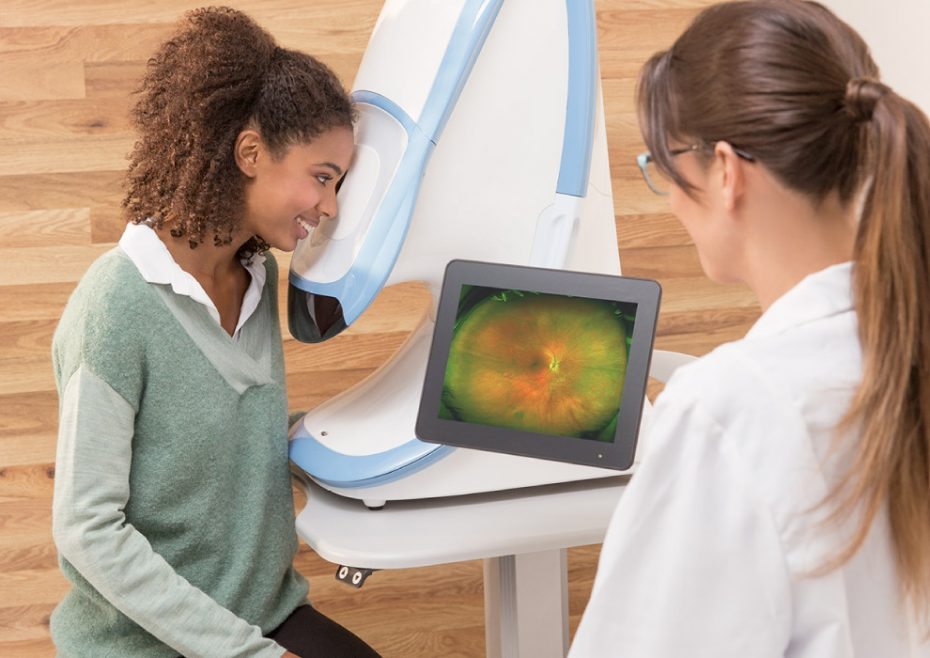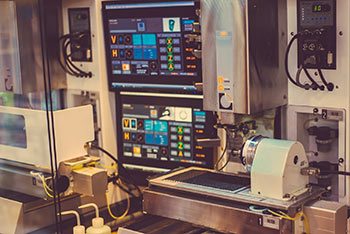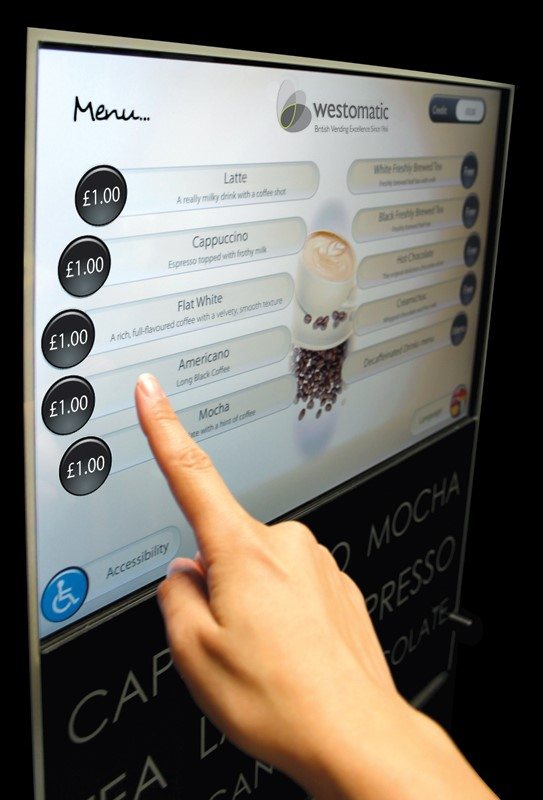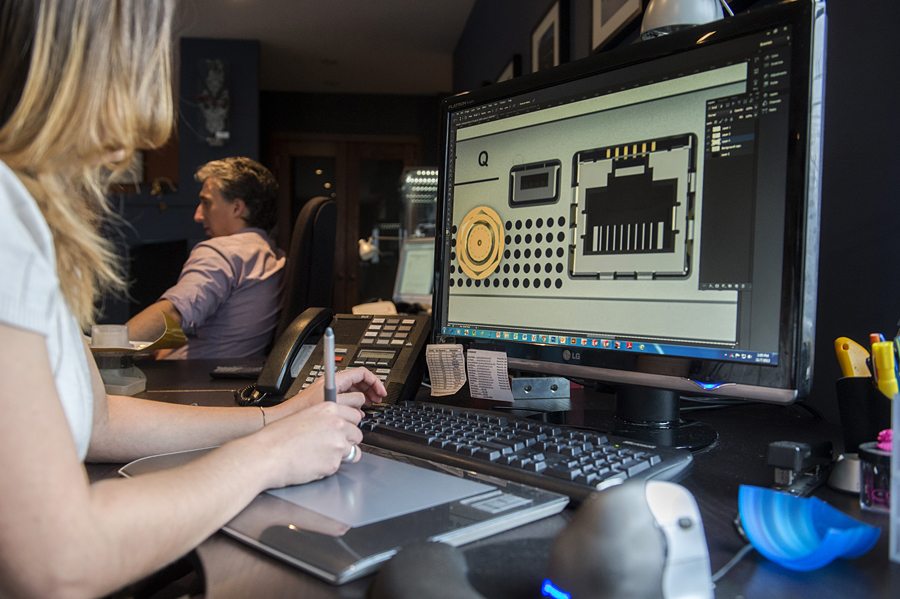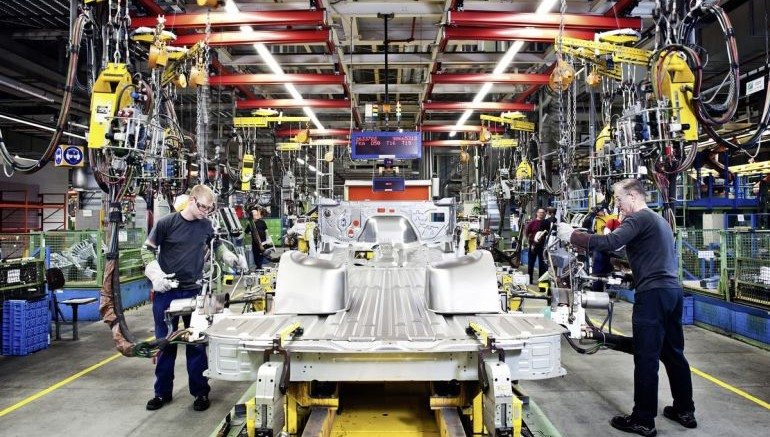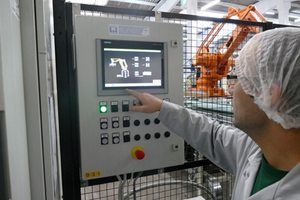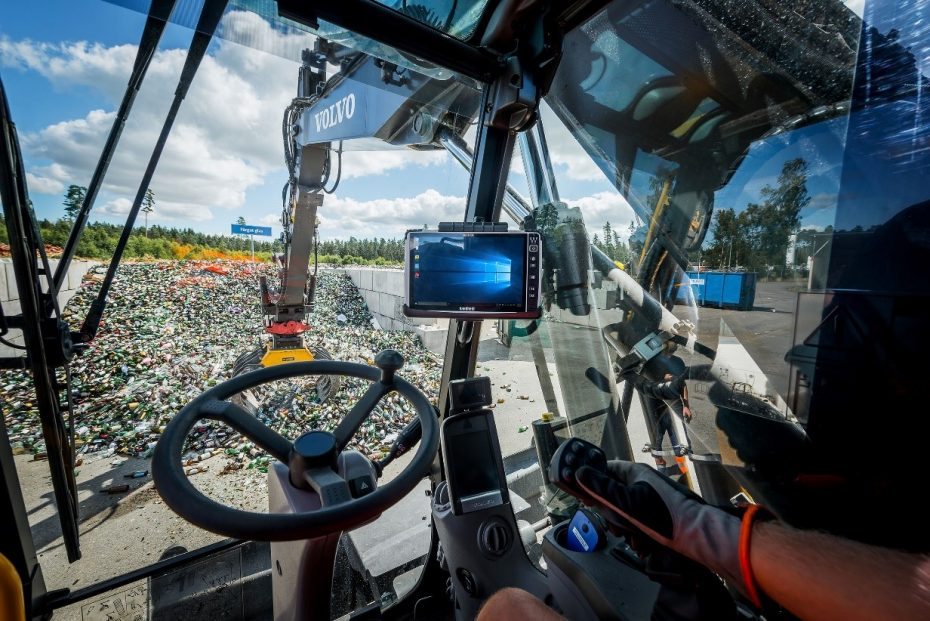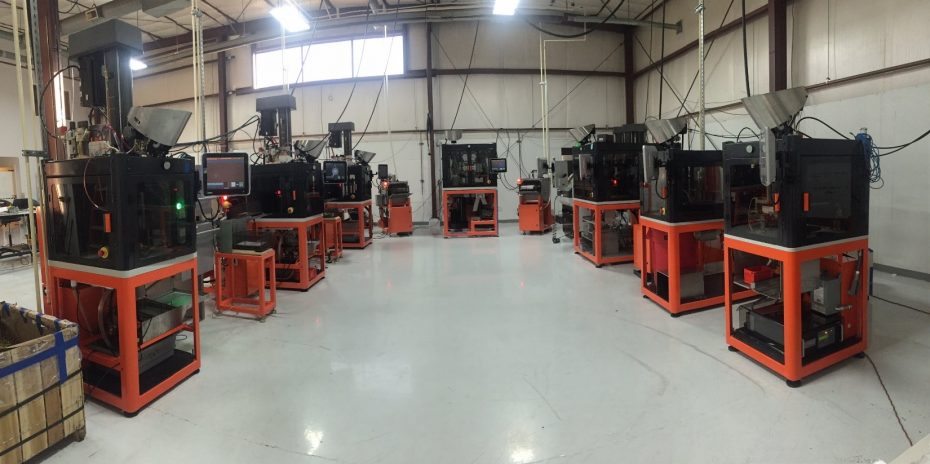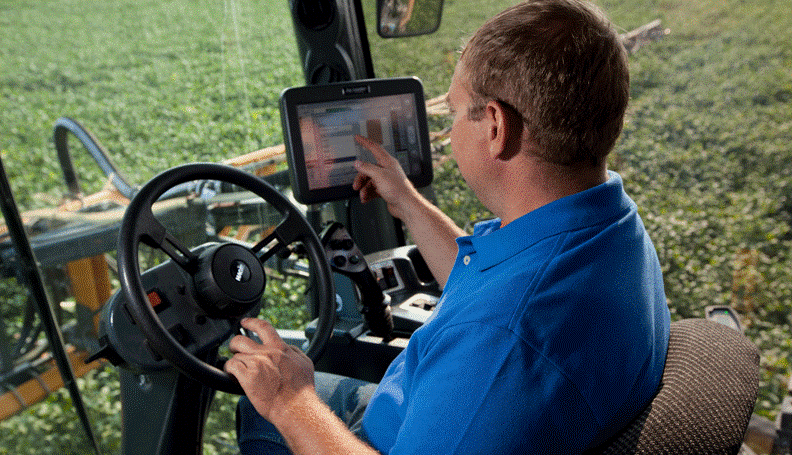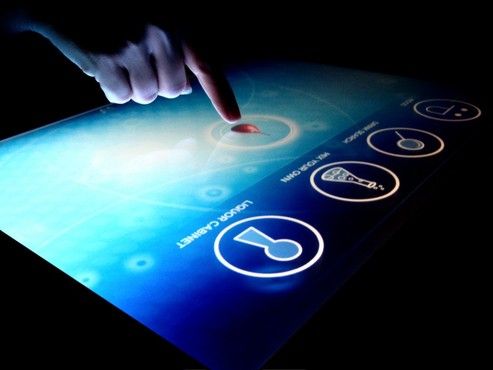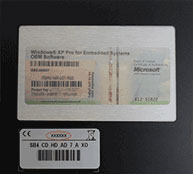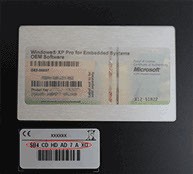By 2020, there will be an estimated 2 million people in the UK live with sight loss based on Royal National Institute of Blind People (RNIB) Report. To prevent this from happening, eye care professionals are investing sophisticated technologies to offer the highest standards in eye care. One of which is purchasing equipment with projected capacitive touchscreen (PCAP) technology. To …
22” Projected Capacitive Touchscreen Panels for Jewellery Making
Fortunately, the jewellery industry in the UK has a glittering future. Its annual growth is expected to increase of 5-6 percent each year. But, the industry is also dynamic as it is vastly growing. Significant changes must undergo, such as upgrading a computing system with projected capacitive touchscreen (PCAP) panels, for an efficient performance and high-quality production. You might want …
22” Projected Capacitive Touchscreens for Smart Vending Machines
Vending machines are everywhere; you can see them in malls, airports, train station, and even commercial offices which provides ease and convenience of every individual. But now, it even shifts to a new innovation using advanced projected capacitive touchscreen (PCAP) technology. If you are planning to build an intelligent vending system, know the important features of touchscreen technology for your …
22” Projected Capacitive Touchscreen Panels for Industrial Design
Industries like automotive, manufacturing, food processing, maritime and amongst others cannot elevate their performance without the hardwork and expertise of industrial designers. But, of course, it would be advantageous if they use projected capacitive touchscreen (PCAP) monitors for design applications. Most likely, you would consider commercial-grade computers as it is way cheaper than industrial-grade touch panels. What you didn’t know …
Foster S12 Projected Capacitive Touchscreen Displays for Robotics
One of the main drivers in the UK robotics is the automotive industry, which is currently improving its investments in 2015. Although the robotics industry in the UK is not as profitable as China, it remains robust and competitive. Which is why projected capacitive touchscreen (PCAP) displays are also in demand for robotics operations and manufacturing. Engineered to work in …
Embed 17” Projected Capacitive Touchscreen Panels for Beauty Biz
A global recession will always be there. But, the existence of the British beauty industry will remain recession-proof. With the help of the latest innovations such as projected capacitive touchscreen (PCAP) technology, no wonder, the industry will survive and thrive. Geared to improve productivity and efficiency with a 2.0 GHz Quadcore processor powered by Intel BayTrail-M/D, PCAPs are also designed …
Adopt Projected Capacitive Touchscreen Displays for Waste Management
Industries like healthcare, banking, and manufacturing quickly embrace the projected capacitive touchscreen (PCAP) technology. The leaders in waste management and recycling industry as well are also learning to apply the system in their environment.
Propel with Projected Capacitive Touchscreen for the Military Tech
A great wealth is created in manufacturing guns and ammunitions. But along with it, there is also a great danger in the working environment. So, why not advance your military equipment with a reliable projected capacitive touchscreen (PCAP) computing system?
Modernise Agri-Tech Businesses with Projected Capacitive Touchscreens
As modern farming practices developed, a sustainable agriculture industry is a must. This includes economic, food, social and environmental sustainability. With the help of a projected capacitive touchscreen (PCAP) technology, the knowledge within the sector will absolutely increase. Resiliency and productivity will greatly be delivered and practise as well.
Projected Capacitive Touchscreen Or Resistive Panels: Which Is Better?
Control buttons for industrial applications are now passé. Even though some industries still utilise such devices, touchscreen technologies are becoming a universal tool for controlling them. Two of the most used are the resistive touch panels and the projected capacitive touchscreen (PCAP) devices. So, what’s the difference between these two touch-enabled computing systems? Which is better for industrial applications? Don’t …

